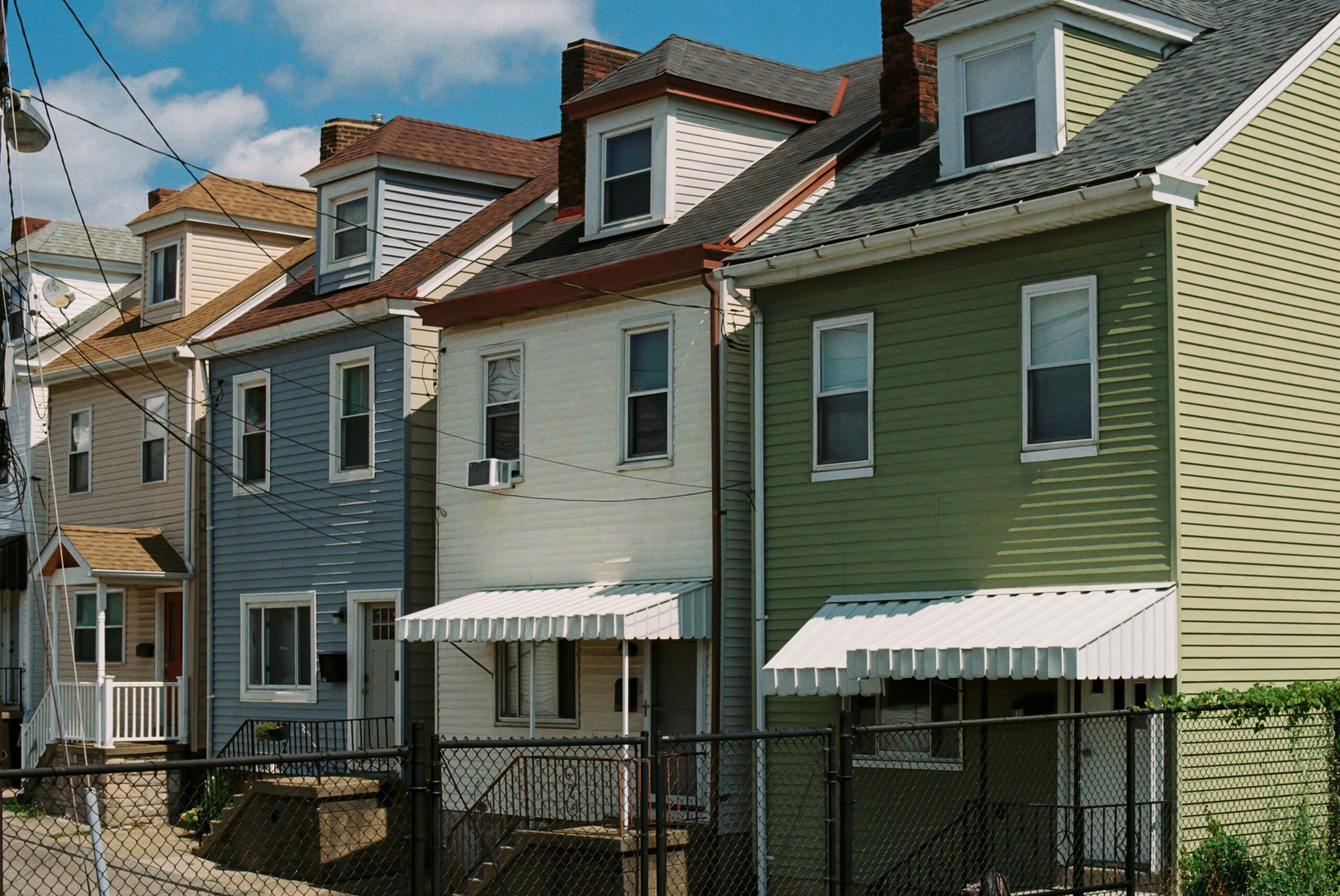
Affordable housing has long faced the stigma of being synonymous with substandard living conditions. However, innovative approaches, smart design, and community-centered planning have changed that perception. Across the United States, developers and local governments are proving that affordability and quality can coexist harmoniously. These success stories are reshaping what it means to live well without breaking the bank.
The Rise of Thoughtful Design and Sustainable Construction
In recent years, a growing number of architects and urban planners have embraced the challenge of designing affordable housing that doesn’t sacrifice comfort or aesthetics. Projects such as Via Verde in New York City and the Step Up on Colorado development in Santa Monica exemplify this trend. They integrate energy-efficient materials, natural lighting, and green spaces to promote well-being and sustainability.
Moreover, these projects show how creative design solutions can reduce costs over time. Sustainable features—like solar panels and efficient water systems—lower utility bills for residents, while durable materials reduce long-term maintenance expenses. This balance between form and function ensures that affordability does not come at the cost of dignity or comfort.
Community Engagement as a Blueprint for Success
One major reason behind the success of many affordable housing projects is active community participation. Developers who take the time to engage with residents during the planning phase often see better results. The approach builds trust and ensures the new development reflects the unique needs of the community it serves.
For example, the Denver Housing Authority involved residents in the planning of its Mariposa District project, resulting in a vibrant, mixed-use neighborhood that prioritizes accessibility, inclusivity, and sustainability. By integrating retail spaces, parks, and transit connections, the project became a thriving hub that benefits both residents and the surrounding city.
Innovative Funding Models Driving Affordability
Affordable housing often struggles due to limited budgets, but forward-thinking financing models are transforming the landscape. Public-private partnerships (PPPs), low-income housing tax credits (LIHTCs), and community land trusts (CLTs) have become powerful tools in funding developments without compromising quality.
For instance, the Mueller Community in Austin, Texas, uses a combination of public funds and private investments to ensure that a significant portion of homes remain affordable while maintaining high construction standards. These financial frameworks not only make developments feasible but also ensure long-term affordability, preventing the displacement of lower-income residents as neighborhoods evolve.
Prioritizing Livability and Accessibility
A hallmark of modern affordable housing is the focus on livability. Developers are increasingly incorporating features that foster connection, mobility, and health. Whether it’s walkable layouts, proximity to public transportation, or communal gardens, the emphasis is on creating environments where residents can thrive.
The Cielo Vista Apartments in Colorado Springs, for example, provide affordable units within a master-planned community that includes playgrounds, fitness areas, and accessible walking paths. These amenities contribute to a better quality of life, proving that affordability can align with comfort and convenience.
The Role of Policy and Collaboration in Lasting Impact
The success of affordable housing also depends heavily on supportive public policies. Cities that streamline permitting processes, offer density bonuses, or reduce zoning restrictions help make high-quality projects viable. Collaboration between policymakers, developers, and non-profit organizations ensures that innovation continues to flourish.
In Seattle, programs like the Mandatory Housing Affordability (MHA) initiative have incentivized developers to include affordable units in new projects or contribute to affordable housing funds. This policy-driven collaboration creates a sustainable pipeline for future developments that prioritize equity and inclusivity.
Looking Ahead: Redefining the Future of Affordable Housing
As urban populations grow and housing costs climb, the demand for quality affordable housing will only increase. The lessons from these successful projects show that the key lies in integrating affordability with sustainability, design innovation, and community engagement. With continued collaboration between public and private sectors, more cities can replicate these models and provide residents with homes they are proud to live in.
Ultimately, the success of affordable housing should not be measured solely by cost, but by the lasting value it brings to individuals, families, and communities. These inspiring case studies prove that with creativity and commitment, it is possible to build homes that are both affordable and exceptional.